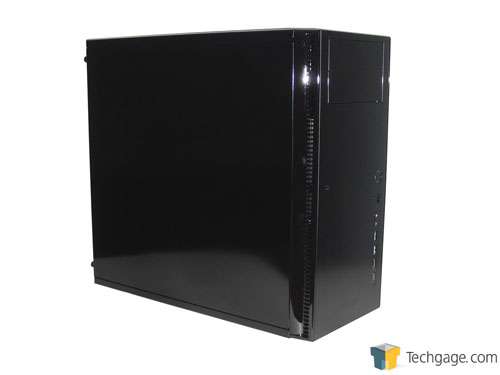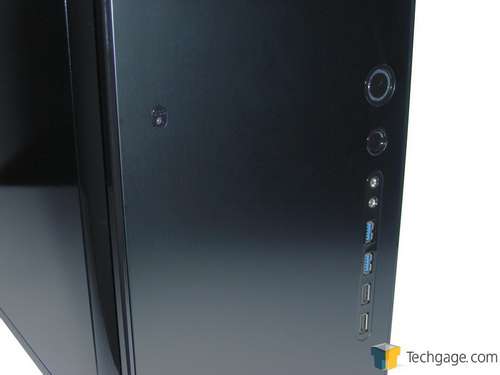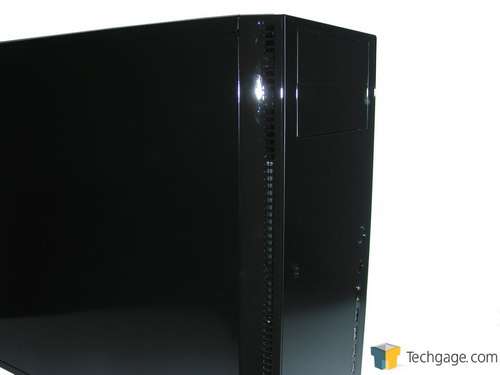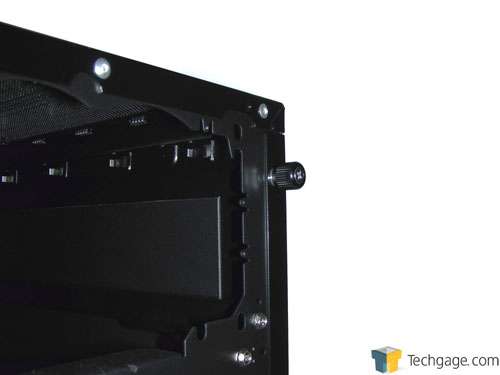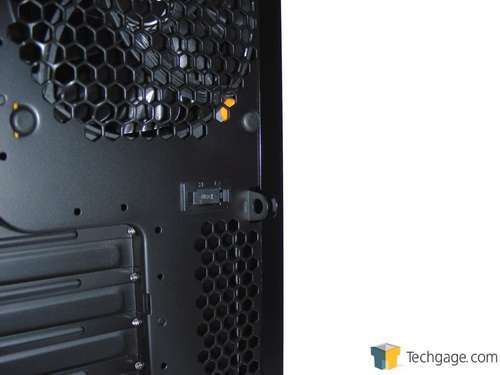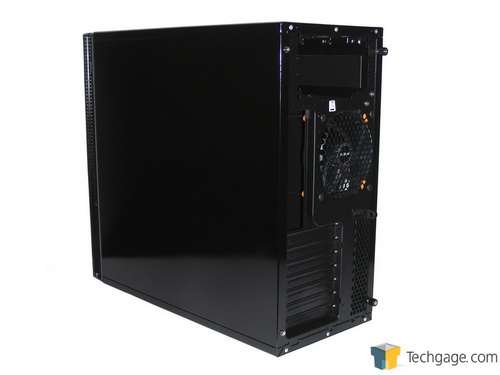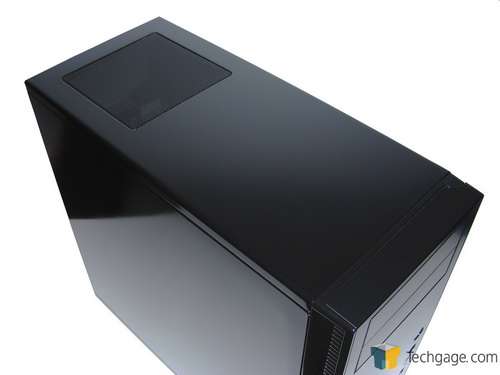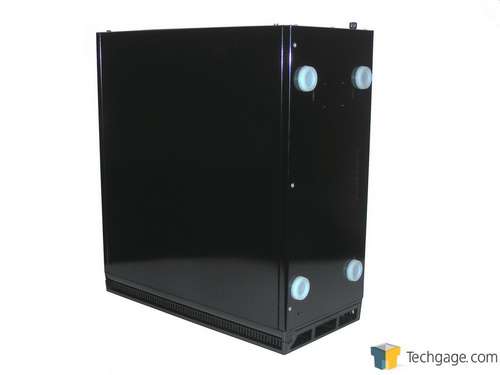- Qualcomm Launches Snapdragon 4 Gen 2 Mobile Platform
- AMD Launches Ryzen PRO 7000 Series Mobile & Desktop Platform
- Intel Launches Sleek Single-Slot Arc Pro A60 Workstation Graphics Card
- NVIDIA Announces Latest Ada Lovelace Additions: GeForce RTX 4060 Ti & RTX 4060
- Maxon Redshift With AMD Radeon GPU Rendering Support Now Available
Antec SOLO II Mid-Tower Chassis Review
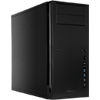
Antec is known for making a variety of quality cases to suit different needs, with its Sonata family aiming to deliver clean styling, functionality and silence all in one. The SOLO II becomes the latest entry to that family, and in some ways, it’s very different than other silent cases on the market. It’s time to find out if that’s a good thing.
Page 1 – Introduction
Silence is the name of the game for today’s case review and Antec’s refresh of the original SOLO, appropriately named SOLO II. In the past, I’ve had the chance to check out a couple of “silent” cases, one of which impressed while the other fell short of expectations. So, I’m going into this review hoping for the best but fearing the worst. That’s probably not how the folks at Antec want to see this review start out.
Antec is no stranger to the world of quiet computing as it has built an entire product line around different variations of the SOLO and Sonata cases over the years. Each has aimed to keep system noise to a minimum and trap it within the case itself. It’s not a new idea, but the approach with the SOLO II is certainly different than most, as you’ll soon see.
The original SOLO had some really fun features, many of which return for round two, so even though our previous testing of cases in this market segment has been a mixed bag, it’s hard not to at least hope for a winner. Let’s get started.
The front of the SOLO II takes its styling cues from the original, but with a few updates. Made of anodized aluminum, the panel features two 5.25″ bays at the top, the blue hard drive activity LED at around the midway point on the left and the I/O area across from it that takes up most of the remaining space on along the right edge.
The front panel I/O area is made up of the power button at the top, which has a translucent ring that glows blue when the system is powered on. Below are the reset button, 3.5mm headset and microphone jacks, two USB 3.0 ports (connected internally) and two USB 2.0 ports.
On either side are vents that run down the length of the front panel to help with ventilation. Other than that there isn’t much to look at since both of the side panels are solid. This time around Antec has chosen to change the way the SOLO II dampens system noise by doing away with the outer plastic coating that the original sported, but more on that shortly.
The right panel is held on with standard screws while the left uses captive, spring-loaded thumbscrews that remain attached even after they have been loosened and the panel removed.
Also on the left side as we head towards the back of the case is a metal loop that matches up with one on the back panel to allow for an optional lock to be used so all of the components stay safe and sound. Both panels along with the top have a flawless piano finish that is very pretty to look at, but difficult to photograph.
Starting at the top of the back panel is the power supply opening, below and to the left is the motherboard I/O opening and a 120mm True-Quiet exhaust fan with the two speed external control switch to the right. Making up the rest of the rear panel are the 7 PCI slot covers and an extra vented area to the right.
The top panel is mostly solid with the exception of a vented area towards the back that allows the power supply to be mounted with the fan up in order to draw cool air in. This vent is removable but the case needs to be opened to do so.
Things on the bottom of the case are sparse with the exception of a very soft silicone foot in each corner that absorbs vibrations created by the components to ensure they aren’t transferred to the surface that the case is sitting on resulting in additional system noise.
The minimalistic exterior hides much of what made the SOLO an inventive case back in 2007, so read on for a look at the inner workings.
Support our efforts! With ad revenue at an all-time low for written websites, we're relying more than ever on reader support to help us continue putting so much effort into this type of content. You can support us by becoming a Patron, or by using our Amazon shopping affiliate links listed through our articles. Thanks for your support!




